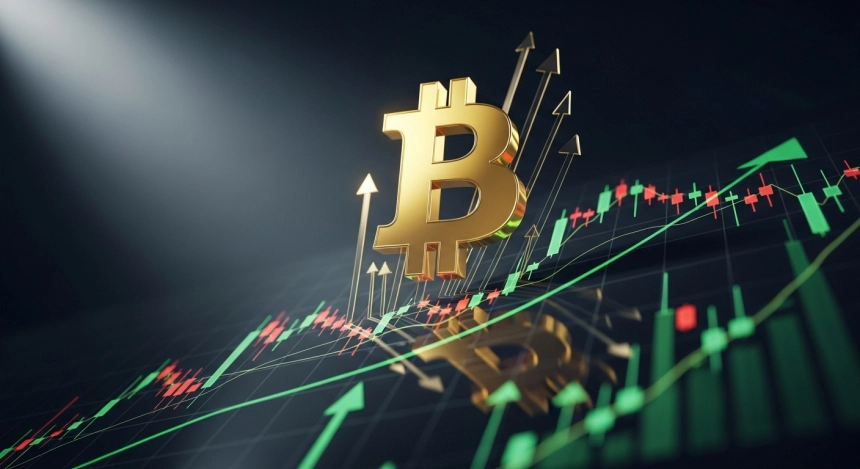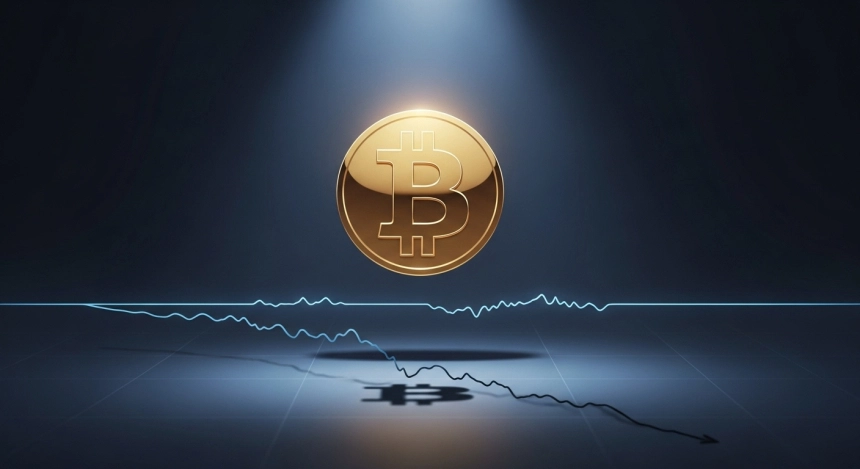The July Producer Price Index (PPI) report recorded higher-than-expected figures, raising market concerns. This suggests that inflation pressure may persist longer than anticipated and weakened expectations for an aggressive Federal Reserve rate cut.
Bitcoin, which had been rising with expectations of monetary policy easing, sharply declined.
Unexpected PPI Increase... Bitcoin Price Drops
The July US Producer Price Index (PPI) increased by 0.9% month-on-month and 3.3% year-on-year. This significantly exceeded market expectations, indicating an overall increase in wholesale prices and production costs. This data was released on Thursday.
A sharp rise in producer prices typically signals broader inflation. Companies are likely to pass high costs on to consumers. This could lead to a Consumer Price Index (CPI) increase and potentially extend the inflation cycle beyond current expectations.
The July CPI report on Tuesday did not show a similar surge, suggesting that companies are currently absorbing high production costs. Some costs originated from Trump administration tariff policies. Analysts believe this absorption is temporary and will eventually be passed to consumers.
This situation creates a significant headwind for the Federal Reserve. It complicates monetary easing plans and reinforces a more cautious stance on rate cuts.
This mood change was immediately reflected in market expectations. The CME FedWatch tool, which previously strongly suggested three rate cuts this year, has now revised its forecast to two cuts. The possibility of a "large cut" in September has virtually disappeared.
Imminent Retail Sales Data... Additional Risk for Bitcoin
All eyes are now focused on the US retail sales figures to be released tonight. As a key leading indicator directly reflecting consumer spending habits, a strong retail sales report could further fuel inflation concerns.
If retail sales increase indicates strong consumer demand, it creates conditions where inflation is difficult to contain. Additionally, strong spending could indirectly offset recent concerns about labor market weakness. This had fueled expectations of rate cuts. The logic is simple: people with employment stability concerns will not overspend. Therefore, healthy retail sales figures provide another basis of support for the Fed's "long-term high" rate policy.
Bitcoin's recent price momentum began in earnest on August 3rd, following a weaker-than-expected July Non-Farm Payrolls (NFP) report. This report raised expectations of a swift Fed rate cut, driving cryptocurrency prices higher.
After the higher-than-expected PPI, if upcoming retail sales data comes in strong, expectations of Fed easing are likely to continue diminishing.
As of 11:00 UTC on Friday morning, Bitcoin was trading at around $118,900 on Binance, reflecting the market's re-evaluation of the macroeconomic environment.






